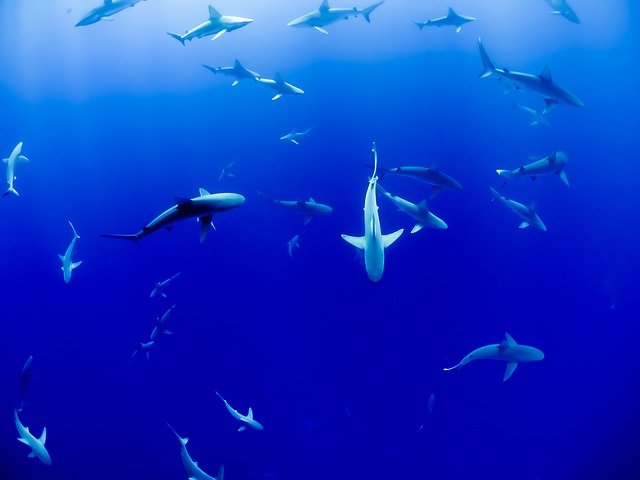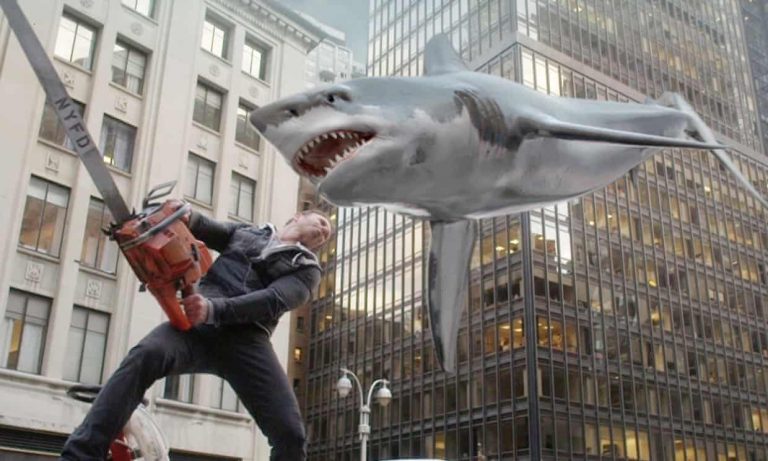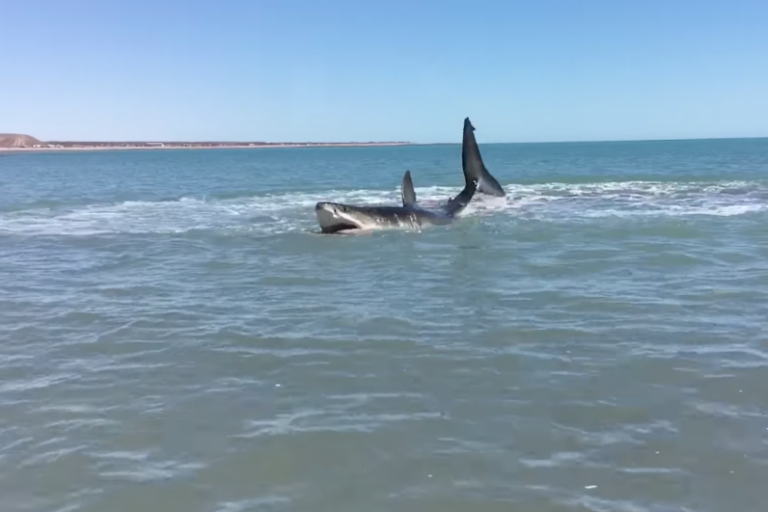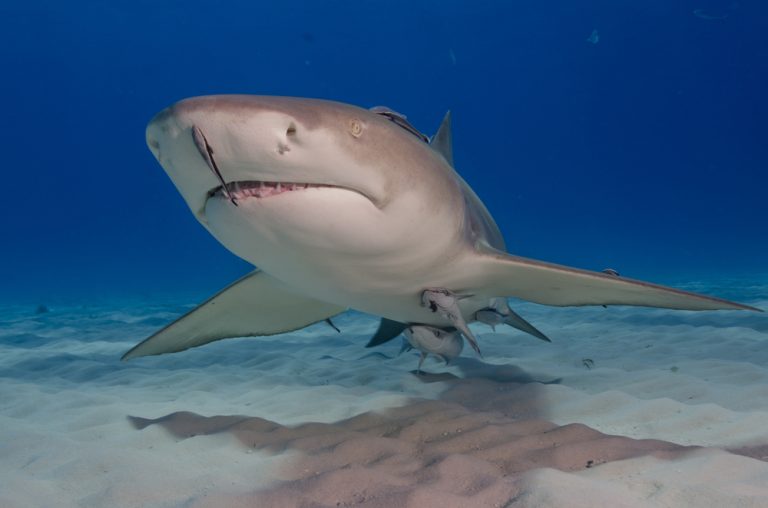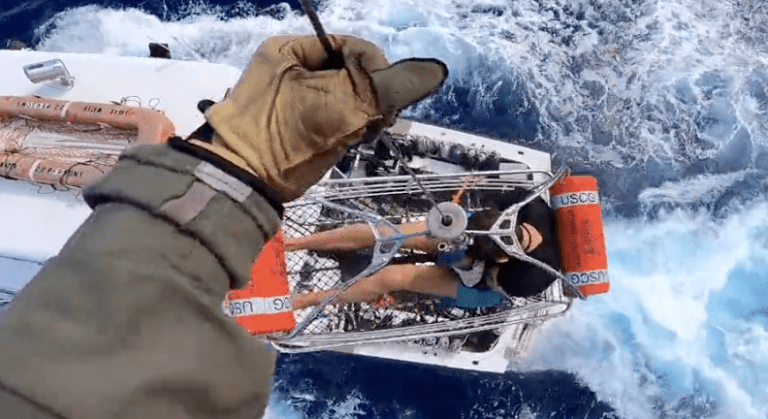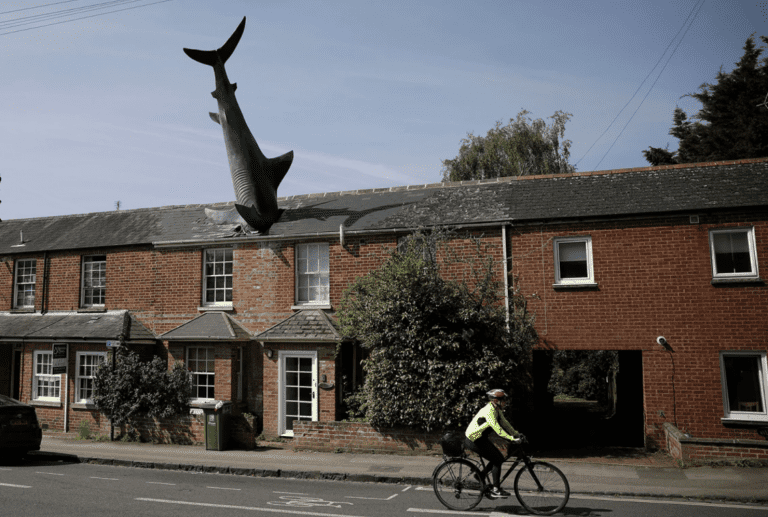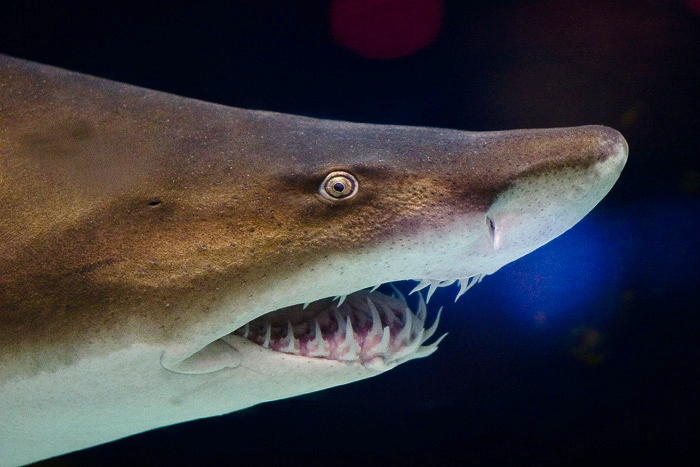Juvenile Great White Sharks at California beaches
It’s not uncommon to see juvenile great white sharks on California beaches. While you have a better chance of getting hit by a car than being bitten by sharks, getting in the water can still be daunting. But why are great white sharks so comfortable around the beaches, and should we be worried? Can’t young great white sharks find other places for their nurseries?
Dr. Chris Lowe and his team at Shark Lab in California extensively searched to find out why. The Shark Lab team uses acoustic telemetry to track the shark’s speed and distance over time as they grow. They have learned that juvenile great white sharks love the beaches because they are warm. The water is warmer close to shore, and they feel safe.
Another reason why sharks like Californian beaches is because of the ample food supply. There are plenty of stingrays in the water and juvenile sharks love them. This is a win-win for both sharks and humans. The more stingrays the sharks consume, the fewer stingrays you can step on. These sharks help control the stingray population.
Protecting Sharks
Since 1994, California has been protecting the great white shark population. Over the past three decades, the population has increased and young sharks are closer than ever. The shore forms shark nurseries because they are warmer, full of food, and the shark is safe from larger predators.
Baby sharks can be 4-5 feet long, while juvenile sharks are 6-10 feet long. The full adult great white can grow up to 20 feet long. While seeing a massive shark can be intimidating, know that sharks don’t like humans. We don’t taste as good as fish do. So if you’re swimming at Long Beach in California and spot young sharks, don’t be alarmed. They are just sticking around until they are old enough to swim and protect themselves in the deep waters.

